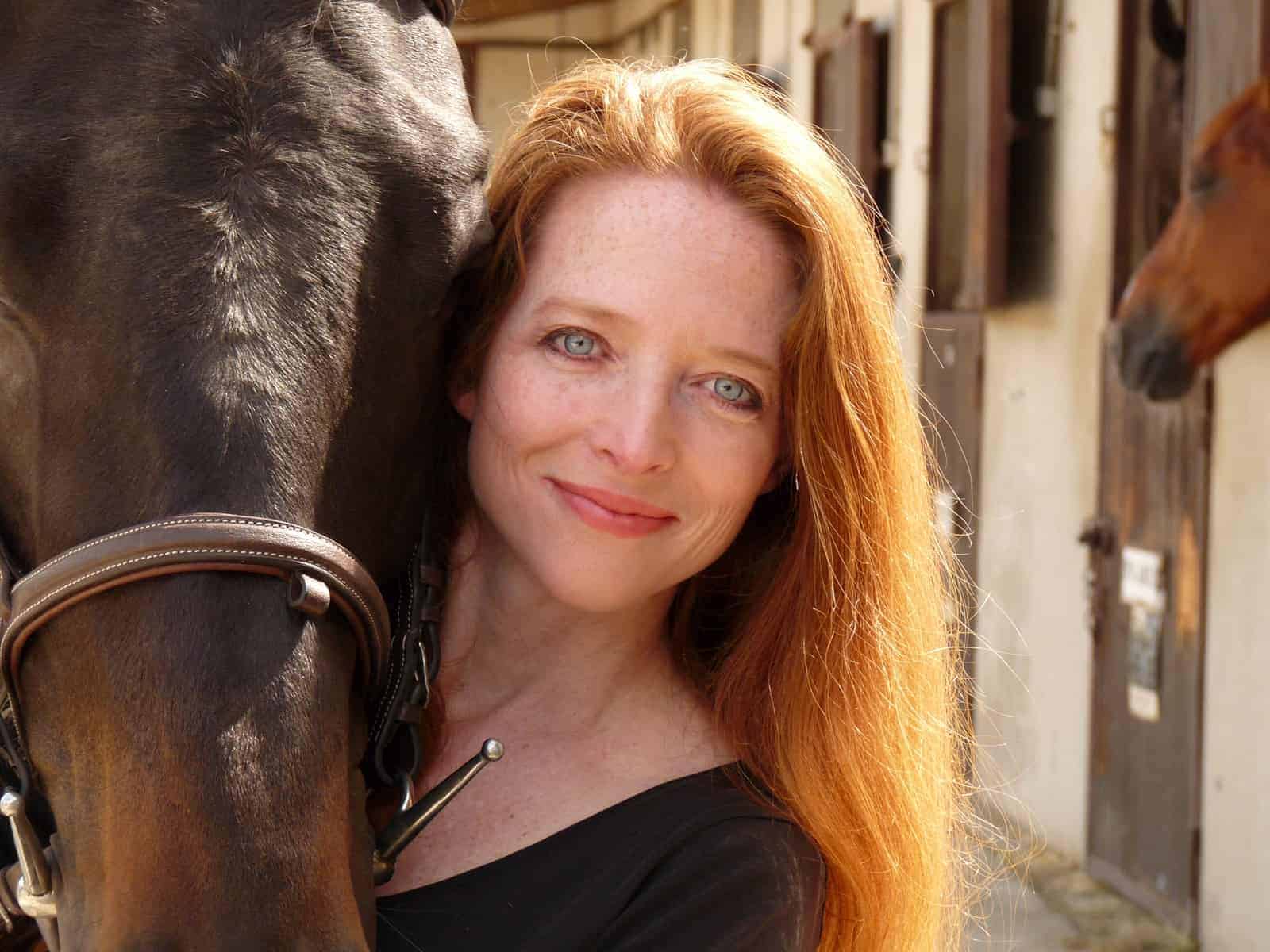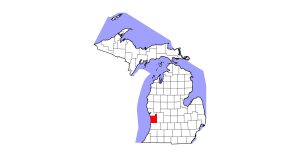Study: Nosebands Can Cause Nasal Bone Damage in Horses
- Topics: Horse Care, Sports Medicine, Welfare and Industry

Such bone remodeling is not evidence of cause-and-effect but suggests horses might be damaging their own skulls “in a bid to seek comfort” under tightened tack, said Paul McGreevy, BVSc, PhD, MRCVS, MACVS (Animal Welfare), professor of animal behavior and animal welfare science at the University of Sydney, in Australia.
“If bit pressure prompts a horse to open his mouth in search of relief from the pressure but is denied comfort because of a restrictive noseband, he may not simply give up but may just keep working against the stricture of the noseband” said McGreevy, who received a 2020 Global Animal Welfare Award from the World Veterinary Association on Nov. 2. “My fear is that these lesions may be evidence of animals in training, competition, or work who are essentially mutilating themselves.”
McGreevy and his fellow researchers, including Lucia Pérez-Manrique, DVM, of the National Autonomous University of Mexico in Mexico City, examined the heads of nearly 150 Warmblood riding horses. As part of the Equine High-Performance Centre (CEAR) of the country’s military cavalry, the horses perform in dressage, show jumping, eventing, and military processions. The veterinary scientists visually inspected and palpated (felt) the horses’ faces and then conducted radiographic imaging of the skulls to check for abnormalities in the nasal and jawbones
Create a free account with TheHorse.com to view this content.
TheHorse.com is home to thousands of free articles about horse health care. In order to access some of our exclusive free content, you must be signed into TheHorse.com.
Start your free account today!
Already have an account?
and continue reading.

Written by:
Christa Lesté-Lasserre, MA
Related Articles
Stay on top of the most recent Horse Health news with















